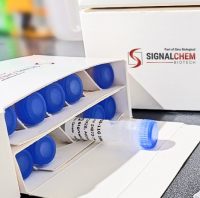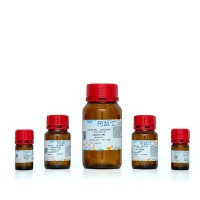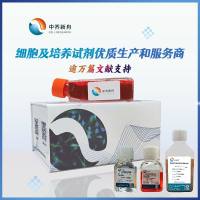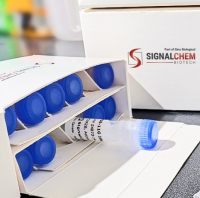Pre-PCR Processing of Samples
互联网
1482
Diagnostic polymerase chain reaction (PCR) is an extremely powerful rapid method for diagnosis of microbial infections and genetic diseases, as well as for detecting microorganisms in environmental and food samples. However, the usefulness of diagnostic PCR is limited, in part, by the presence of inhibitory substances in complex biological samples, which reduce or even block the amplification capacity of PCR in comparison with pure solutions of nucleic acids (
1
). Thus, the presence of substances interfering with amplification will directly influence the performance of diagnostic PCR and, in particular, the assay’s sensitivity of detection. Some inhibitors may dramatically interfere with amplification, even at very small amounts. For example, PCR mixtures containing the widely used
Taq
DNA polymerase are totally inhibited in the presence of 0.004% (v/v) human blood (
2
). Consequently, sample processing prior to PCR is required to enable DNA amplification of the target nucleic acids in the presence of even traces of PCR-inhibitory substances. To improve diagnostic PCR for routine analysis purposes, the processing of the sample is crucial for the robustness and the overall performance of the method. In general, diagnostic PCR may be divided into four steps: (
i
) sampling; (
ii
) sample preparation; (
iii
) nucleic acid amplification; and (
iv
) detection of PCR products Fig. 1 ). Pre-PCR processing comprises all steps prior to the detection of PCR products.
Fig. 1.
Illustration of pre-PCR processing. The figure shows the different steps in diagnostic PCR. Pre-PCR processing refers to sampling, sample preparation, and DNA amplification with the addition of PCR facilitators and the use of an appropriate DNA polymerase.









